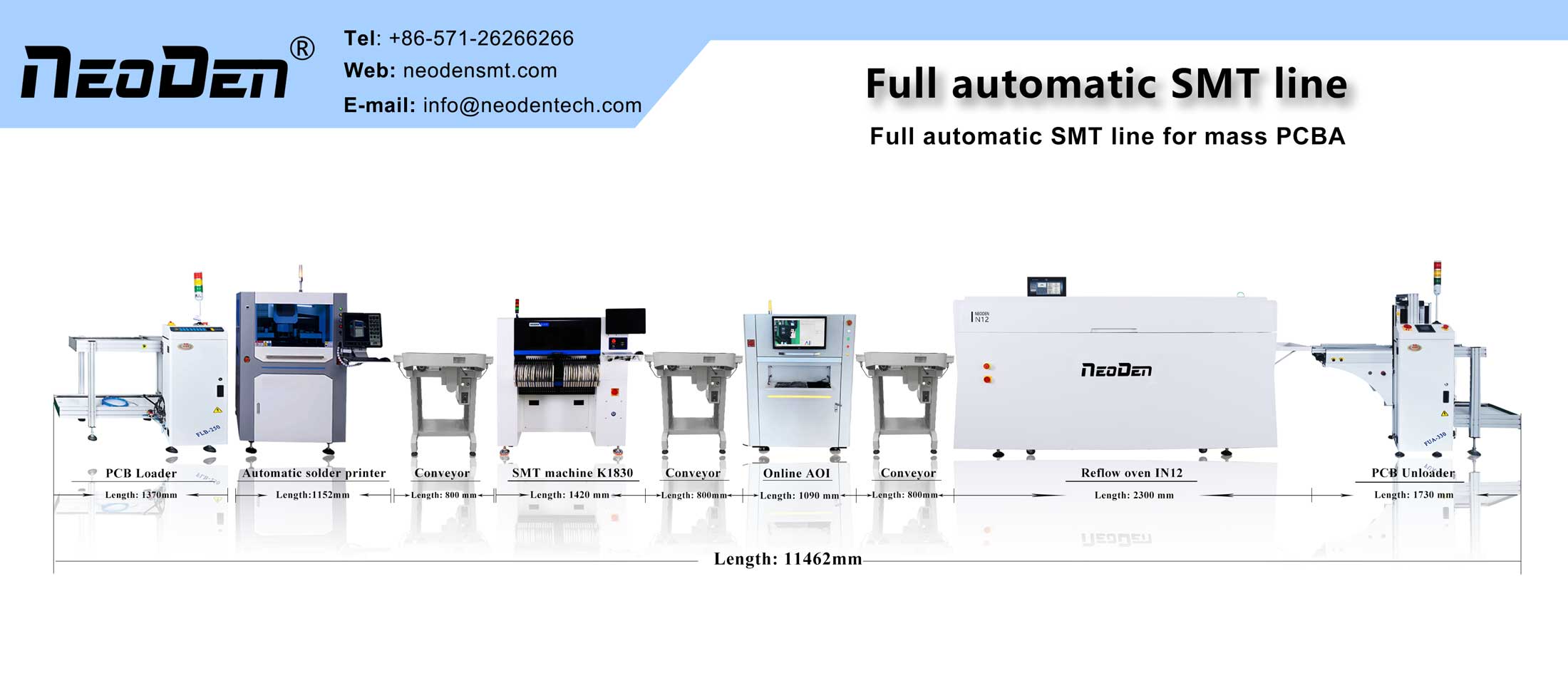1. Preparation
Including the preparation of component libraries and schematics. Before the PCB design, first prepare the schematic SCH component library and PCB component package library.
PCB component package library is best established by engineers based on the standard size information of the selected device. In principle, first establish the PC component package library, and then establish the schematic SCH component library.
PCB component package library is more demanding, it directly affects the PCB installation; schematic SCH component library requirements are relatively relaxed, but pay attention to the definition of good pin properties and correspondence with the PCB component package library.
2. PCB structure design
According to the board size has been determined and the various mechanical positioning, the PCB design environment to draw the PCB board frame, and positioning requirements to place the required connectors, keys / switches, screw holes, assembly holes, etc..
Fully consider and determine the wiring area and non-wiring area (such as how much around the screw hole belongs to the non-wiring area).
3. PCB layout design
Layout design is the placement of devices in the PCB frame in accordance with the design requirements. Generate a network table in the schematic tool (Design→CreateNetlist), and then import the network table in the PCB software (Design→ImportNetlist). After the successful import of the network table will exist in the background of the software, through the Placement operation can be all the devices called out, between the pins with flying tips connected, then you can design the layout of the device.
PCB layout design is the first important process in the entire design process of the PCB, the more complex PCB board, the better the layout can directly affect the ease of implementation of the later wiring.
Layout design relies on the circuit board designer’s basic circuit skills and design experience, the board designer is a higher level of requirements. Junior circuit board designers are still shallow experience, suitable for small module layout design or the entire board is less difficult PCB layout design tasks.
4. PCB wiring design
PCB wiring design is the largest workload in the entire PCB design process, which directly affects the performance of the PCB board.
In the design process of the PCB, wiring generally has three realms.
First, the cloth through, which is the most basic entry requirement for PCB design.
Secondly, the electrical performance to meet, which is a measure of whether a PCB board qualified standards, after the line through, carefully adjust the wiring, so that it can achieve the best electrical performance.
Once again is neat and beautiful, disorganized wiring, even if the electrical performance will also bring great inconvenience to the later optimization of the board and testing and maintenance, wiring requirements neat and tidy, can not be crisscrossed without rules and regulations.
5. Wiring optimization and silkscreen placement
“PCB design is not the best, only better”, “PCB design is a defective art”, mainly because PCB design to achieve the design needs of various aspects of the hardware, and individual needs may be in conflict between the fish and the bear’s paw can not be both.
For example: a PCB design project after the board designer to assess the need to design a 6-layer board, but the product hardware for cost considerations, the requirements must be designed as a 4-layer board, then only at the expense of the signal shield ground layer, resulting in increased signal crosstalk between adjacent wiring layers, the signal quality will be reduced.
The general design experience is: optimize the wiring time is twice the time of the initial wiring. PCB wiring optimization is completed, the need for post-processing, the primary processing is the PCB board surface of the silk-screen logo, the design of the bottom layer of the silk-screen characters need to do mirror processing, so as not to confuse with the top layer of silk-screen.
6. Network DRC check and structure check
Quality control is an important part of the PCB design process, the general means of quality control include: design self-inspection, design mutual inspection, expert review meetings, special inspections, etc.
Schematic and structural elements of the diagram is the most basic design requirements, network DRC check and structure check is to confirm that the PCB design to meet the schematic netlist and structural elements of the diagram of the two input conditions.
General board designers will have their own accumulated design quality checks Checklist, which is part of the entries from the company or department specifications, another part from their own experience summaries. Special checks include the design of the Valor check and DFM check, these two parts of the content is concerned about the PCB design output back-end processing light drawing file.
7. PCB board making
In the PCB formal processing before the board, the circuit board designer needs to communicate with the PCB A supply board factory PE, to answer the manufacturer on the PCB board processing confirmation issues.
This includes, but is not limited to: the choice of PCB board type, line width line spacing adjustment of the line layer, impedance control adjustment, PCB lamination thickness adjustment, surface treatment processing process, hole tolerance control and delivery standards.
Post time: May-10-2022

